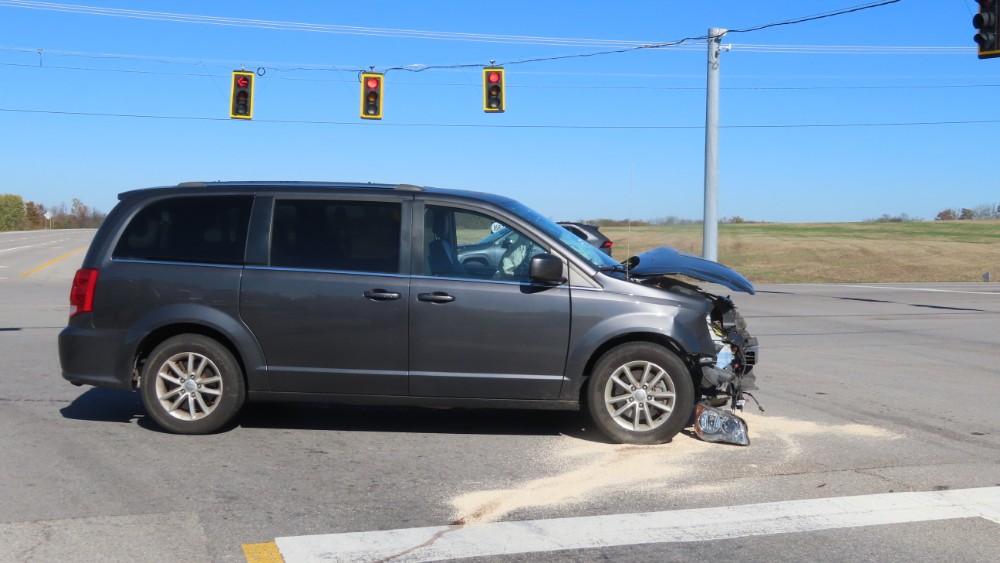Kelly Jackson
Christian County Extension Office
Protecting Trees During Construction
Trees are valuable to a home and its landscape. They provide shade, privacy, beauty, and wildlife habitat. When preparing to build a new home, we often select wooded lots because we enjoy and appreciate trees. Unfortunately we seldom do anything to protect these prized trees during the construction process. Years later, after the home is completed, troubles ensue. Branch dieback, trunk cankers, or even twig drop are often signs associated with a tree in decline caused by construction damage. Proper planning and action prior to and during construction will minimize damage to trees and save you the trouble and expense of treating or removing injured trees.
Protecting trees begins with an assessment of existing trees before construction and determining which trees are worth saving. Record the location, size, and health of each tree. Consider factors such as tree species, longevity, and crown patterns when deciding on which trees to keep. Candidates for removal include trees that are over-mature, have poor form, lean excessively, or are in otherwise poor condition (i.e. split trunk, insect damage, mushrooms or conks on the trunk). Seek advice from a Certified Arborist if you need help determining the health of your trees. Consider how the remaining healthy trees will fit into the future landscape. Utility lines, driveways, and the house itself can sometimes be placed at different angles to protect a tree. Where this is not possible, removing a healthy tree may be necessary. Keep in mind that removing a large number of trees from a wooded lot exposes the remaining plants to new conditions. Sudden increases in sunlight and wind can lead to scorched leaves, broken branches and uprooted trees. When possible try to save groups of trees rather than individuals to reduce sun and wind stress. Heavily wooded sites should be gradually thinned over two or three years to reduce shock to remaining plants.
After selecting the trees you want to save you need to decide how to protect them. Preventing damage is easier than repairing problems, so begin by meeting with all parties involved in the construction of your new home (contractors, architect, and landscape architect). Make sure all are aware of which tree or group of trees you plan to keep. To ensure compliance, contractors should have tree preservation bond to cover noncompliance fines. Fines are based on the type and value of the tree and the damage done. Take photos of the site and condition of individual trees before construction begins to document condition of trees. Verbal instructions to contractors about avoiding damage to trees is not enough. You should also erect a physical barrier of high-visibility fencing, such as the bright orange polypropylene fencing, around protected areas. Post “Off Limit” signs around your fencing. Instruct the work crew that it is prohibited to store material, grade, dump chemicals or other materials inside your barrier fencing. Nothing inside the area should be raked, cut, stored, or otherwise disturbed.
Determining how large an area to fence in should be determined by the size of the tree. Your objective is to protect as much space as possible in order to protect the tree’s roots. For young trees (less than 4 years old) fencing in the area under the dripline (the outer tips of the branches) is adequate. When dealing with older trees that have been growing on a wooded lot a measurement referred to as “critical root radius” is more accurate than the dripline method. To determine the critical root radius, measure the diameter of the tree at 4.5 feet above the ground. For every inch of diameter, allow 1.5 feet of root radius. For example if the tree’s diameter is 10 inches, then the critical root radius is 15 feet. This means there should be 15 feet between your fence and the trunk of the tree.
Other simple tasks you can do to protect trees include fertilizing and watering trees prior to construction to make sure they are as healthy as possible. Prune branches that are dead, hazardous, or subject to construction damage. Apply a 6 inch layer of wood chips over the area that will be used for material storage or traffic to prevent the soil from becoming too compacted. Spend time on the construction site. Periodically inspect your trees and irrigate if necessary. If any damage occurs to trees, begin repairs as soon as possible.
Protecting trees requires preparing and time but if you consider the tree important to the landscape it is worth the effort. Next week we will spend time on the most common types of damage trees face during construction and how we can prevent or repair the damage.






